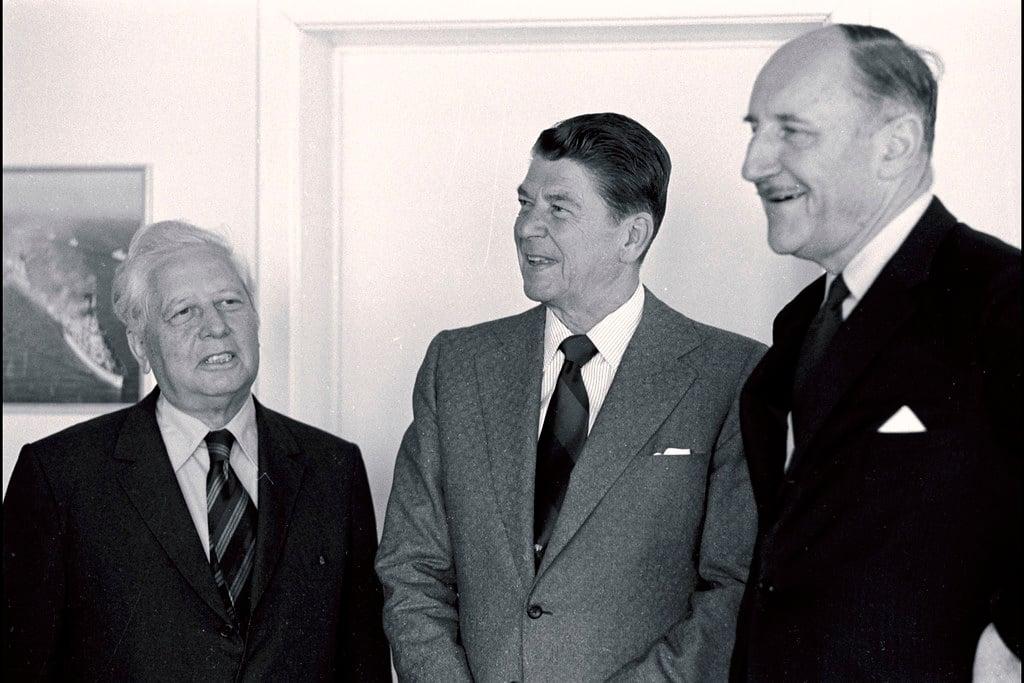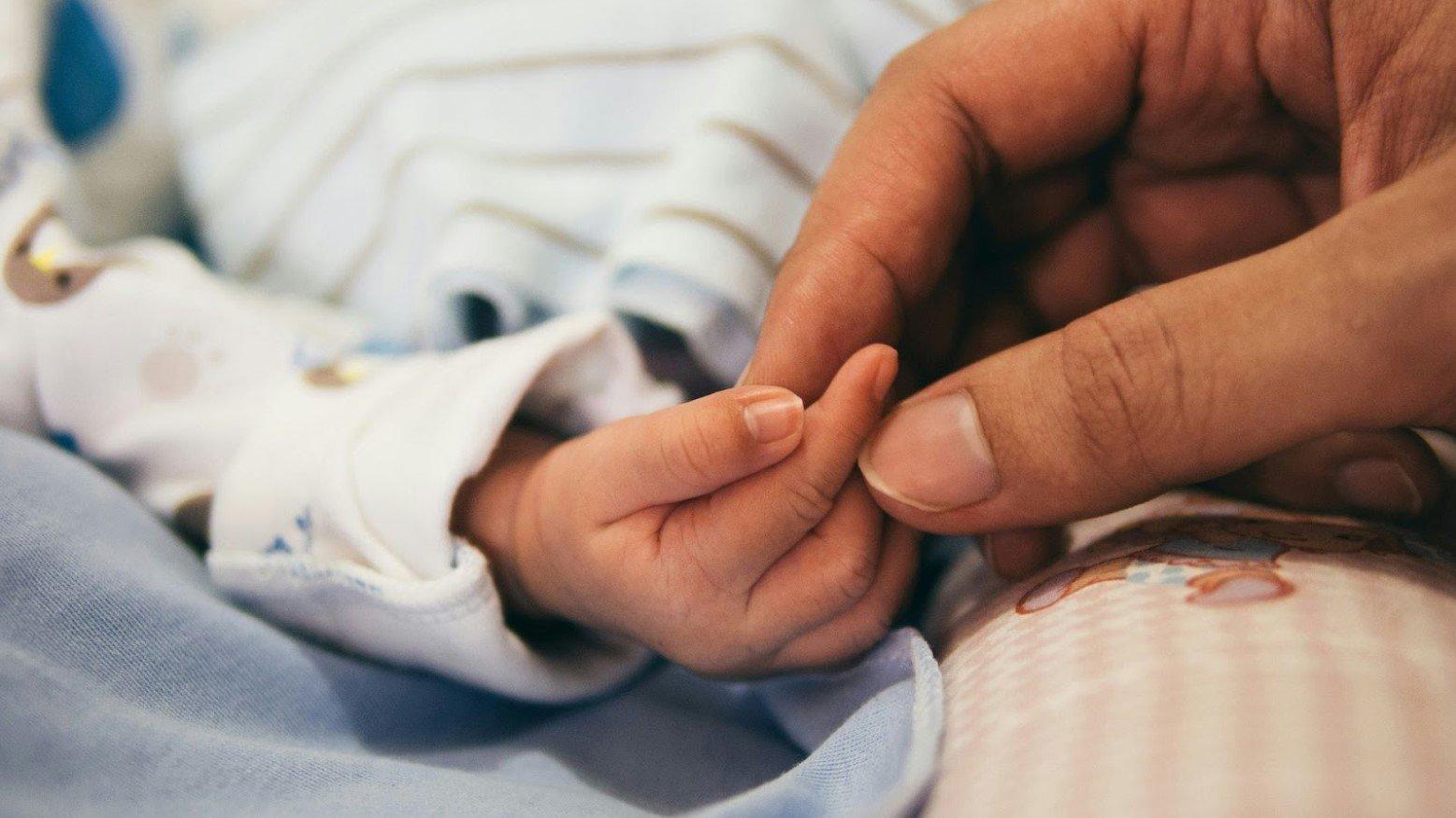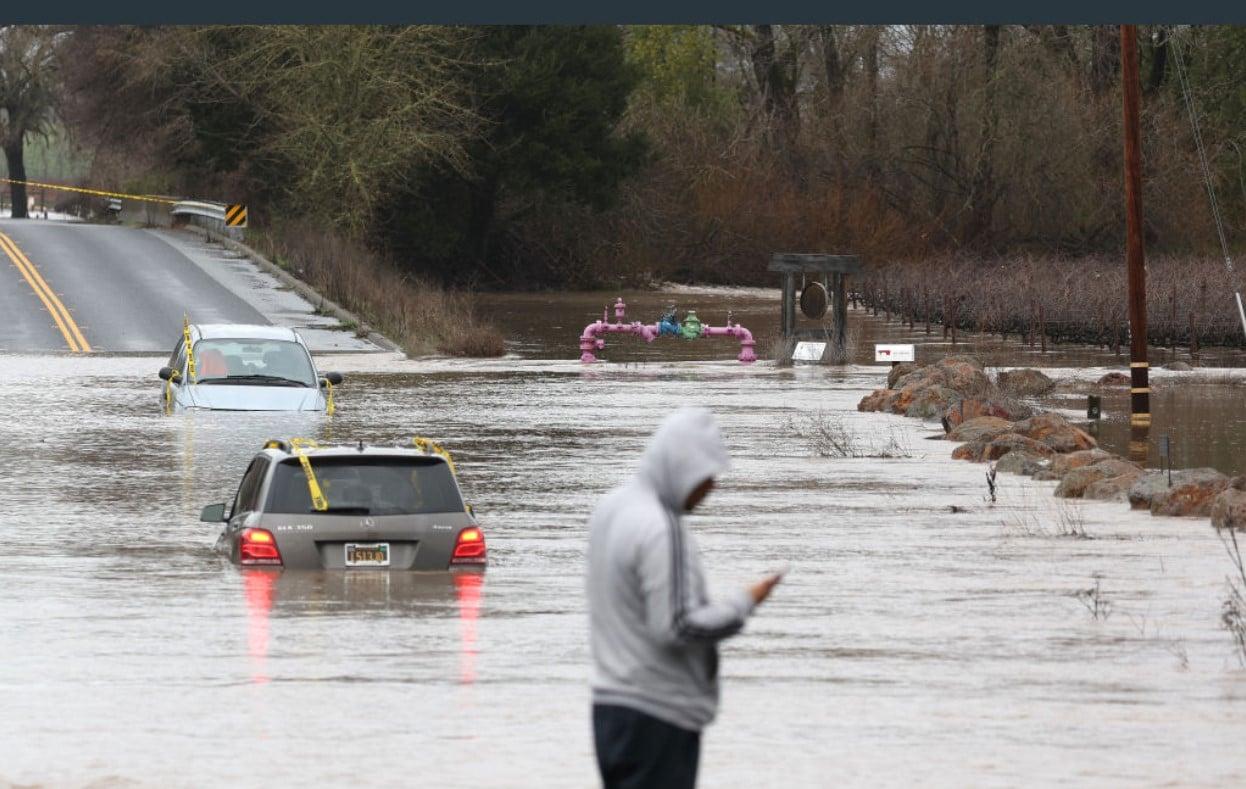After decades of growth, California is starting to see a dip in its massive population. This dip in numbers comes four years after the COVID-19 pandemic swept through the US.
While many left the state for several reasons, they have yet to seem to return to California. And there is a clear reason as to why.
The Big Boom for California

California has been in a state of growth and economic expansion in the decades after World War II. The state became the most populous state in 1962.
However, this growth slowed down as the 1970s approached. The postwar baby boom had slowed down, and the state’s economy was at a major tilting point.
California’s Reliance On Its Population

California, which has always relied on its population’s taxes, was undergoing a dramatic transformation from industrialism to post-industrial domination by trade, services, and technology.
The rise of Silicon Valley and the emergence of the great California shipping ports, like Los Angeles and Long Beach, became the backbone of the growing trade between the US and Asia.
California Expands Again

When the 1980s rolled around, California’s population was booming again. The administration of Ronald Reagan began pumping billions of dollars into the state’s aerospace sector, creating jobs for many.
There was also a surge in migration, mostly from Latin America and Asia, and a new baby boom helped the population of the state grow.
California Gains Power In the US

This massive growth in California gave the state some power in the US. Between the 1980s and the 1990s, California’s population grew by nearly 30 million people.
This 26 percent population increase gained seven new congressional seats for California after the 1990 census. Currently, California still has the most seats, 52, in the House of Representatives.
Population Dips In the State

After the 1990s, the booming population started to settle. The end of the Cold War with the Soviet Union meant the country was cutting back on military spending.
The recession and exodus of aerospace workers and their families became a point of pain for California.
California’s Recent Population Dip

Over the next two decades, California’s population has been steadily growing. However, that growth would stop as the COVID-19 pandemic sent stay-at-workers to states with less expensive housing.
The death rate, dip in birth rates, and slowed foreign immigration also contributed to the state’s plummeting population.
California Rebounds

For four years, California’s population was on a steady decline. It was only in 2023 that the state Department of Finance’s demographics unit found that California gained a tiny increase.
This increase was “driven by decreased mortality and a rebound in legal foreign immigration.”
Babies Are Important to California’s Population

Baby booms seem to have a massive impact on California’s population. While the increased birth rate in 2023 shows that there is a “natural growth” happening in the state, it’s nowhere close to the baby booms of the ‘60s and ‘80s.
At one point, Californians were producing more than 600,000 babies each year. Now, the state has one of the nation’s lowest fertility rates, with 118,400 babies.
The Lingering Effects Of the Last Four Years

While the effects of the pandemic might have worn off for the state’s residents, there are plenty of problems in California that seem to be encouraging residents to move away.
The state’s massive debt is relying on taxpayers, who have been given an extension on filing this year’s taxes due to the destruction of winter storms.
Problems Plaguing California

From the high price of housing to the slow job growth–which has led to the state having the highest unemployment rate in the country–California is on the verge of a massive shift.
The tech industry, California’s other golden child since the ‘70s, is also fleeing the state for cheaper land.
California’s Future

A decline in population growth could have devastating effects on the state. Fewer taxpayers mean that the state will have to adjust its budget.
On top of this, the state has to find a way to bring more jobs that provide security for families, encouraging another baby boom to maintain the state’s power in the US.

